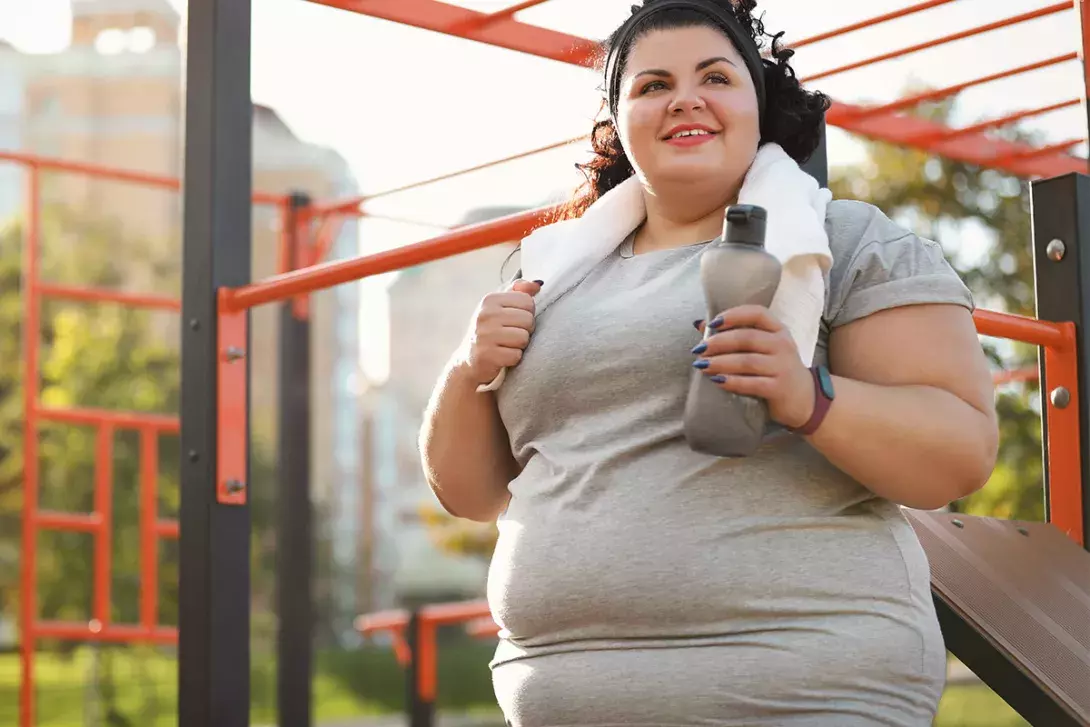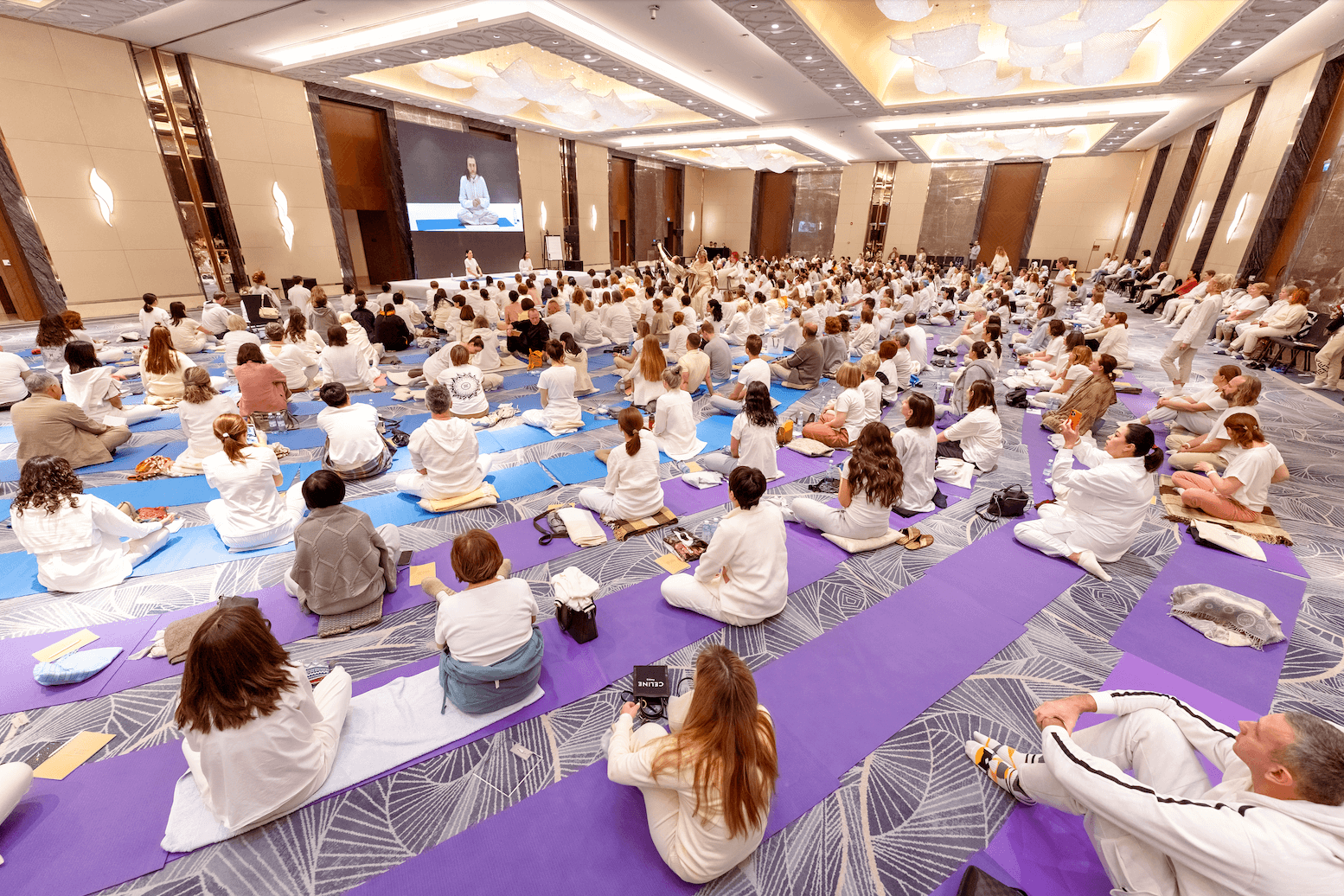Among the most popular ways to lead a healthy lifestyle is through exercising, which benefits both your physical and mental health. One form of exercise that has gained popularity in recent years is Pilates, a low-impact workout that emphasizes core strength, flexibility, and posture.
Pilates offers numerous health benefits including improved balance, reduced back pain, and increased muscle strength. It can even be an excellent option for individuals who are working out on their period, as this form of exercise is gentle on the body and can help alleviate menstrual pains.
This article will discuss the health benefits of Pilates and why it may be a good choice if you’re looking to improve your overall fitness and well-being. It will explore ways on how you can get started on this form of exercise.
Health Benefits of Doing Pilates
From improving flexibility and mobility to boosting your mental health, there are many reasons why incorporating Pilates into your fitness routine can be beneficial for your overall well-being. Another great thing about it is that you can do Pilates outdoors or indoors. Here’s a rundown of some of the health benefits that this form of exercise can give you.
Improves flexibility and mobility
Pilates consists of a lot of stretching and a full range of motion, both of which help in enhancing your flexibility and mobility. These components are essential to maintaining your physical health as they enable you to move freely, gain more control over your movements, and practice better body alignment to prevent injuries as you perform daily activities.
Enhances muscle strength and endurance
The exercises in Pilates are designed to target specific muscle groups. It does so by incorporating a variety of movements that challenge the muscles in a low-impact way, which can be suitable for people of all fitness levels. Moreover, Pilates movements are typically performed slowly and with a high level of control, which helps to build muscular endurance.
Develops better posture and balance
As mentioned, Pilates targets muscle groups in the body — specifically in the core area such as the abdomen, lower back, and pelvis. These muscle groups are essential for maintaining good posture and balance. Focusing on them can help you learn how to hold your body in a more balanced and stable position, which can then reduce the risk of strain and injury.
Boosts mental health
In addition to its physical benefits, Pilates can also support boosting your mental well-being. Regularly engaging in this exercise requires a high level of concentration and focus, which then compels you to clear your mind and achieve a meditative state. Such a process enables you to develop a mind-body connection, reduce stress and anxiety, and promote relaxation.
How to Get Started
Whether you’re a beginner or have some experience with other forms of exercise, there are a few things to keep in mind that can help you get the most out of your Pilates practice. Here are some things you can do to get started:
Check with your physician
It’s important to check with your physician before starting any new exercise routine, including Pilates. This is especially true if you have any underlying health conditions or injuries that could be aggravated by physical activity.
Talking to a health professional about this matter enables you to receive guidance on how to safely incorporate Pilates into your fitness routine and get recommendations for any necessary modifications to the exercise.
Find a qualified instructor
Pilates exercises involve precise movements that require specific muscle engagement, breathing techniques, and body alignment. That’s why it’s important to find a qualified instructor to ensure that you can follow the right techniques and forms safely and effectively.
A qualified instructor has the knowledge and experience to guide you through the exercises and provide feedback. They can also guide you in using the right equipment and modifying your routine to accommodate any injuries or limitations.
Determine which form is best for you
There are different types of Pilates and they can be narrowed down into two forms:
- Mat-based Pilates – is where you use gravity and your body to perform a series of exercises, often on the floor, to build resistance. The goal of this form is to condition the supporting muscles to enhance your posture, balance, and coordination.
- Equipment-based Pilates – includes the use of specific pieces of equipment that work against spring-loaded resistance. Such equipment includes Cadillac, Reformer, Ladder Barrel, and Step Chair.
Determining which of these forms is the ideal one for you can help you choose the best approach for your health needs and goals. You can also choose between taking a Pilates class or getting private training that tackles these types of Pilates exercises.
Take it easy
Remember that Pilates focuses more on precision and control rather than speed or intensity. That means taking things slow is the most ideal way in performing this exercise to make sure that you can achieve proper forms and techniques.
Starting slowly also enables you to gradually build strength and flexibility, develop better body awareness, and avoid overexertion or fatigue — all of which are essential to ensure that you will reap the benefits of Pilates.
Conclusion
Pilates can be an excellent choice of exercise if you’re looking to start your journey to improving your fitness and overall well-being. It offers numerous health benefits that will not only develop your physique but also enhance your quality of life.
Keep in mind the things you need to do before starting your Pilates routine, especially if you’re dealing with a health condition. With commitment and dedication, incorporating Pilates into your exercise routine can lead to a healthier and happier lifestyle.











